
People often talk about having second or even third winds these days; career shifts that respond to the ever-changing demands of an increasingly volatile economy and job market. Turin-born entrepreneur, financier, and artist Enrico Marone Cinzano has had many and is the wiser for it. From time spent in advertising, banking, and real estate, he went on to help establish pioneering eco-friendly fashion label Project Alabama and, more recently, the slow but assured cultivation of an art furniture practice rooted in his undying commitment to sustainability, but more importantly his understanding of nature’s inherent truth, beauty, and logic.
Enrico Marone Cinzano presents 'Obsessed by Nature'
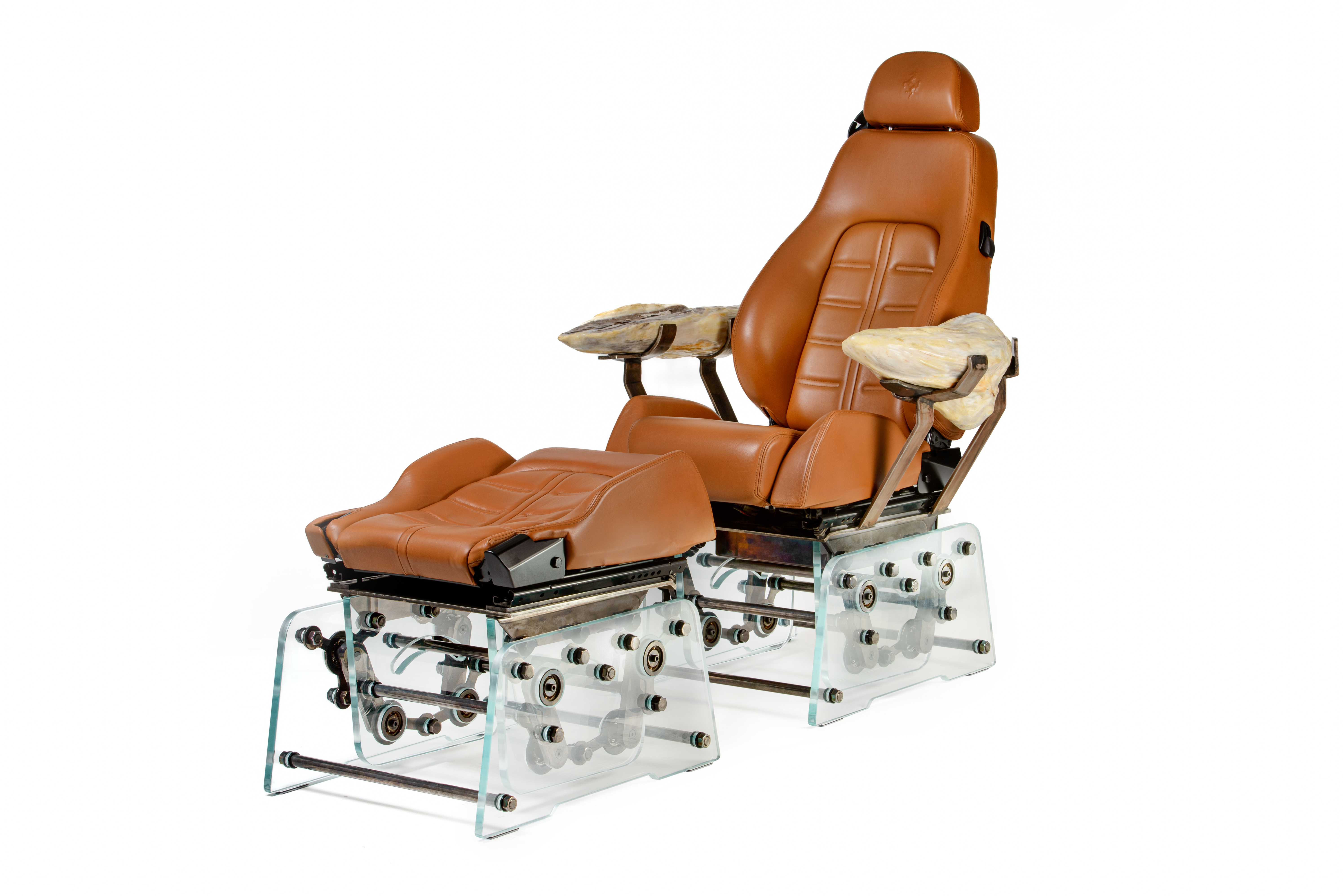
On view at New York collectible design gallery Friedman Benda, from 14 November to 14 December 2024, his first solo show – entitled 'Obsessed by Nature' – will debut 11 distinct works: cohesively collaged-together luminaires, chairs, and tables that cohere the innate functionality of forms found in nature, with repurposed industrial components. This cumulative but by no means conclusive capsule collection is very much the sum of its parts; the result of the self-taught designer’s atypical career path and agile skill set. Ahead of the exhibition, which is set to be immersive and have multisensorial elements, such as the diffusion of a bespoke scent, Marone Cinzano spoke to Wallpaper* about his background, design philosophy, and what this first retrospective incorporates.
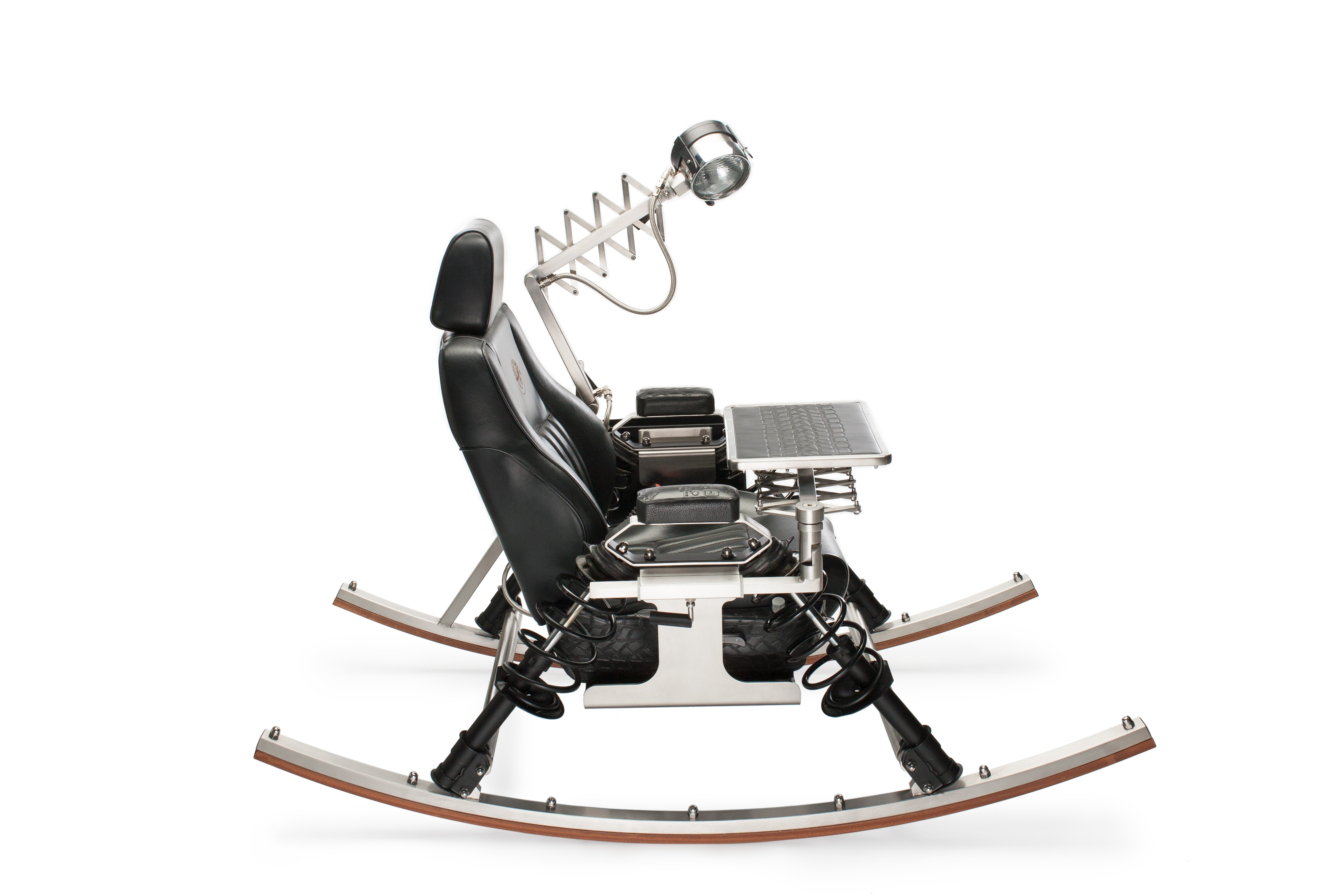
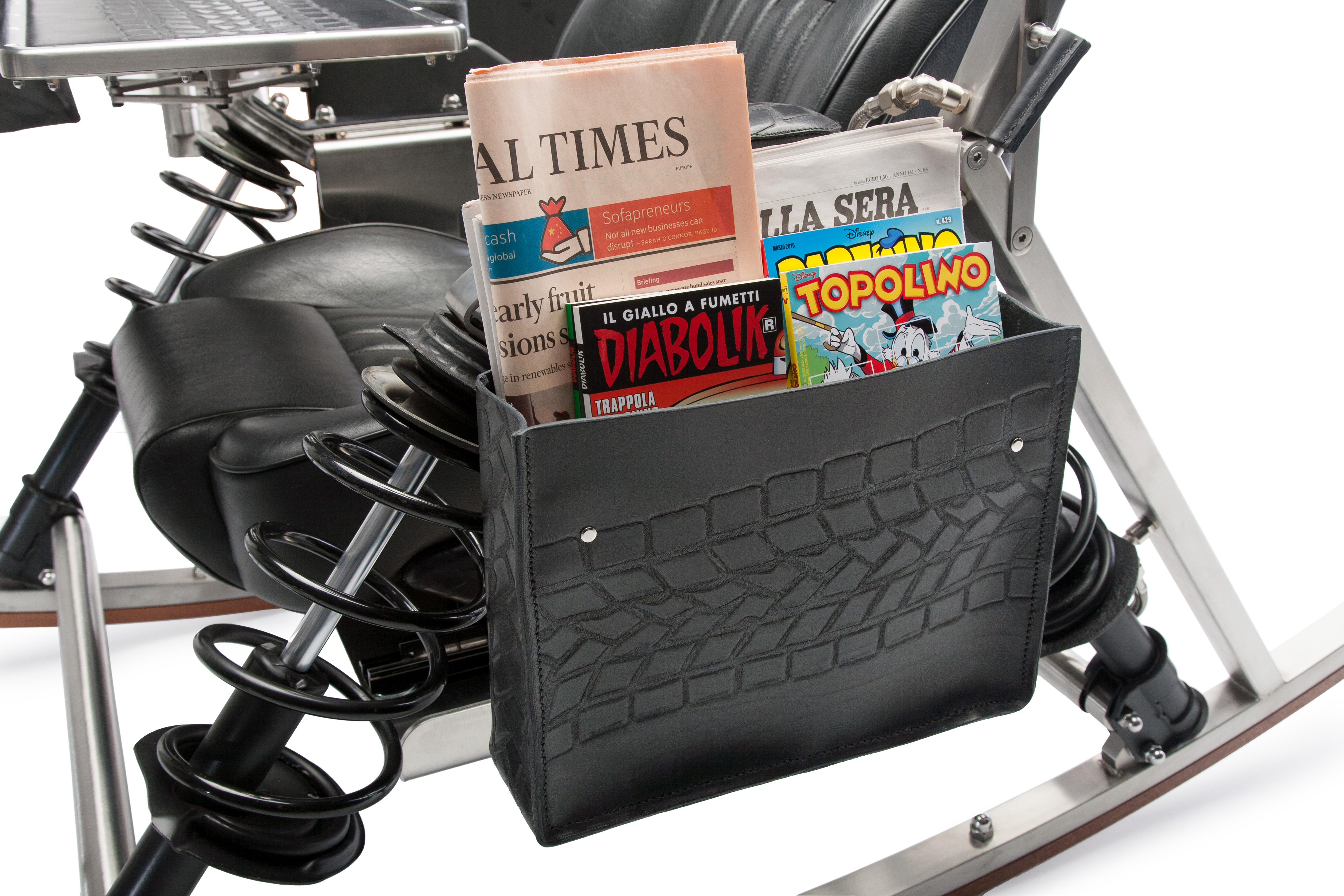
Wallpaper*: How did you develop an appreciation for sustainability?
Enrico Marone Cinzano: I got involved in an art project 20 years ago in which we turned old jerseys into T-shirts. The plan was to produce 200 but many more orders came in and so it became a company that lasted seven years. I really got into sustainability because we were using recycled material and natural dyes. When you delve deep, it opens up a portal and it’s hard to shake. Even though my partners and I had folded Project Alabama, I kept the resourceful mindset we had fostered and became quite self-sufficient; creating my own clothes and even a few furniture pieces out of natural and discarded elements I found around me.
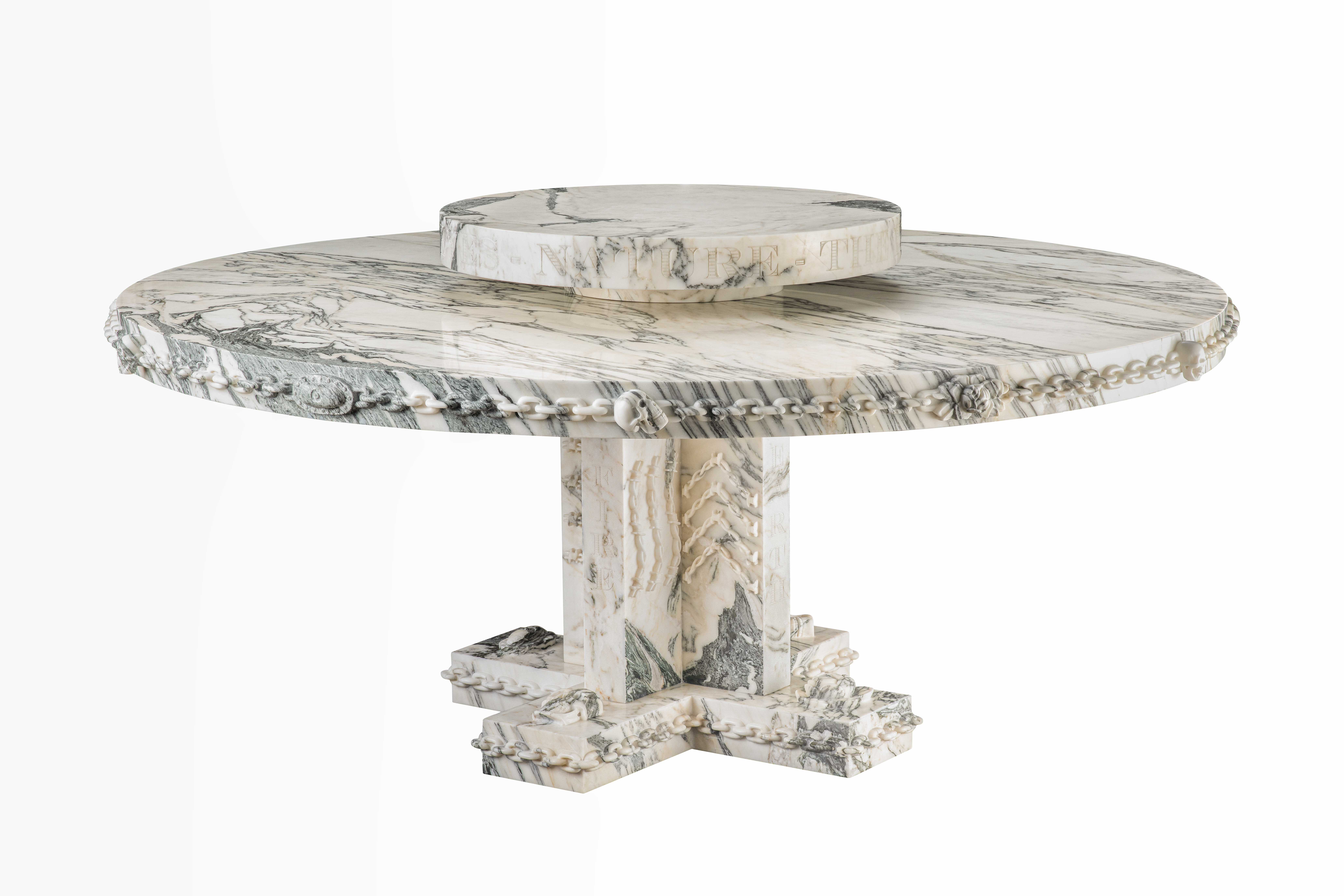
W*: Talk more about how you transitioned in making furniture.
EMC: I started showing the work to people I knew and eventually started collaborating with a gallery in China that stipulated that I produce everything there. At the time, sustainability wasn’t a big thing in China yet. It was a learning process and I made mistakes along the way.
With time, I found out about Friedman Benda and how the gallery’s co-founder and principal Marc Benda really nurtured his artists rather than only being concerned with the commercial side of things. I reached out to him and he gave me good advice and told me to come back with more ideas. We’ve worked together closely for the past six years and I’ve shown work a few times as part of group displays at fairs like Design Miami. During that time, I delved even further into sustainability and how it started to emerge as a topic even in the investment sector. I expanded my appreciation and understanding and came to the realisation: we live in such a chaotic world but nature seems to have all the answers.

W*: You’ve previously mentioned that you’re fascinated by the natural logic of the golden ratio. What are some other overarching qualities from nature that you are most drawn to?
EMC: I went through quite a tumultuous youth, pushing the metal to the pedal, and got to a point where it wasn’t working anymore. Going to India to train as a certified yoga instructor led me to Buddhism and other teachings but what I ultimately uncovered is that there’s order in nature. It’s scientific, whether it's physics or chemistry or biology, it's mathematical, it's ethical. Everything we’re looking for is right in front of us. This goes for aesthetics and function too. There are already shapes in nature that can serve a purpose, even as elements of furniture.
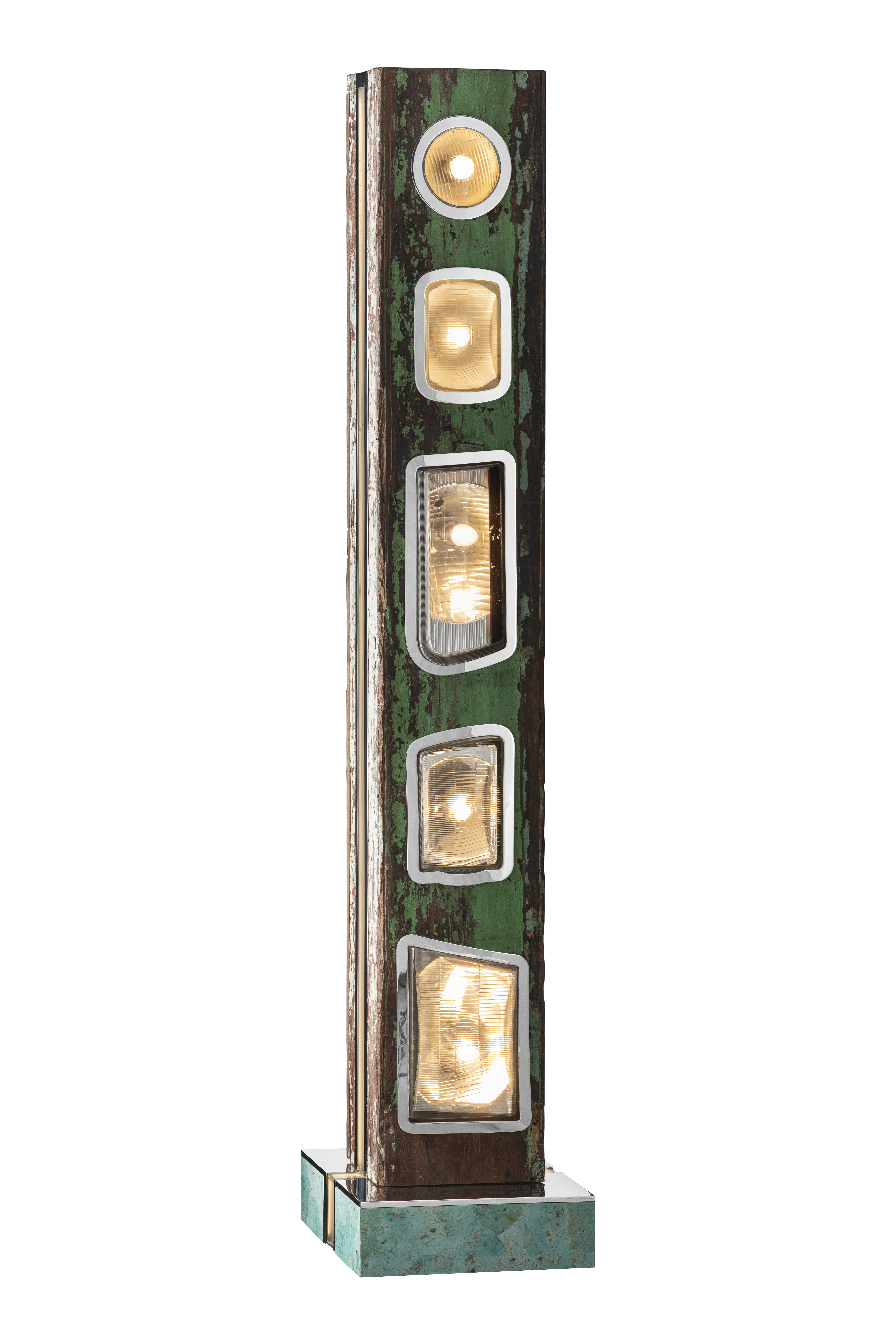
W*: What are some of the key highlights of the exhibition?
EMC: 'Obsessed with Nature’ will be my first solo show and it really embodies the full scope of what I’ve been developing for almost a decade. I pay close attention to the materials I use and the craft processes involved in their transformation. For several of the pieces – such as the ‘Piego’ chairs or the ‘Marmo’ table – I worked with stone off-cuts that already had the perfect forms. I interjected the roughness of the marble or agate within the compositions and juxtaposed these materials with extremely highly polished surfaces. With pieces like the standing ‘Verde’ lamp, there is this contrast between the roughness of nature – the reclaimed wood – and technology – recovered car lights.







